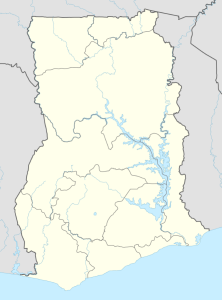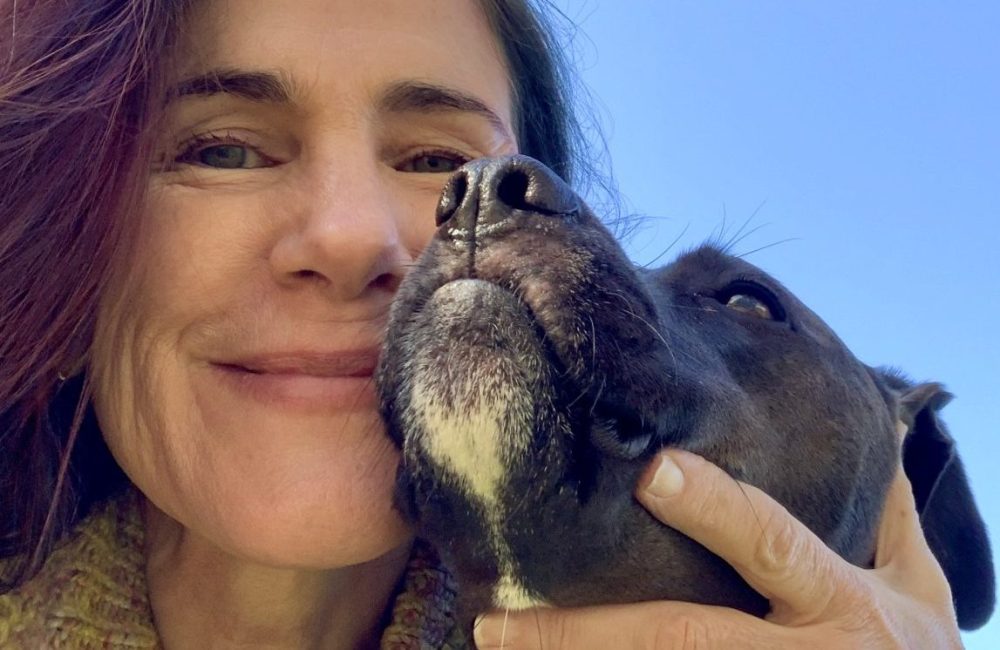Little did I (da-AL) know how dance-loving Ghana is! Abigail, a native Ghanaian, explains below. I added the links.
The lovely and peaceful country called Ghana has 10 regions on its funny looking map, which takes the shape of a sack.

It has amazing cultures which is being admired nation-wide. The citizens cherish their culture so much that they take delight in displaying it at any gathering, being it official or unofficial just to enlighten their audience. Cultural dances are taught in some schools and the zeal the children have towards rehearsals are encouraging. Due to their efforts in cultural dances, some of them get the opportunity to study on scholarship both in Ghana and outside of their jurisdiction.
There are dances for:
- funerals
- celebrations
- storytelling
- praise and worship
In the northern part of Ghana, there 3 regions;
- Upper East
- Upper West
- Northern
Collectively, they have dances such as “Takai” and “Lilek” which is performed usually by the Dagombas and the Builsas groups of Ghana.
Takai is one of the prominent dances to the Dagombas and is performed at the climax of their annual festival; Festival of Prophets. It is held in commemoration of the birth of their holy prophets, one of which is Mohammed. Usually the dancers put on a costume which has been designed by their own people.
“Bamaya” is also a dance of the northerners; Dagomba tribe. The origin of this dance is from an activity by the men in the village in the cause of pleading with the gods for help. In the 19th century, there was a great drought and since they believed the prayers of women got quicker response, they decided to dress as women. This led to the outrageous display of men dressed like women that is now in the celebration. The meaning of the term is ‘the river valley is wet.’
“Agbadza” is a dance of the Ewes in the Volta Region in the east part of Ghana. At the time when they escaped from the camp of their wicked king Agorkorli, they had to move backwards in order to trick others into thinking that they were moving in, not moving out. They later adopted the wing movements of a bird which supposedly led them to their home. This is a recreational dance and can also be performed during funerals.
The “Adowa” dance originated from the movements of the antelope and it was adopted by the Akans. Mostly the dancers communicate to the audience in their own way with a white handkerchief or piece of plain white cloth. It can be performed at funerals, weddings, naming ceremonies, and others.
What makes these dances special is the music that goes with them. Each of the dances have their own type of music that makes the viewers or audience enjoy it to the fullest. Together with the drum beats, it has the power to attract the attention of people.
Aside from the pleasure it gives to the dancers and the audience, it also serves as a form of exercise for the health of the individual.
The government of Ghana’s dance page.


Thanks for visiting my country. From all indication you enjoyed your stay
LikeLiked by 1 person
Josephine, I would love to visit your country. In this case, however, this post was written by a blogger who lives there. Her name is Abigail Padi – there is a link to her wonderful blog at the end of the post 🙂
LikeLike